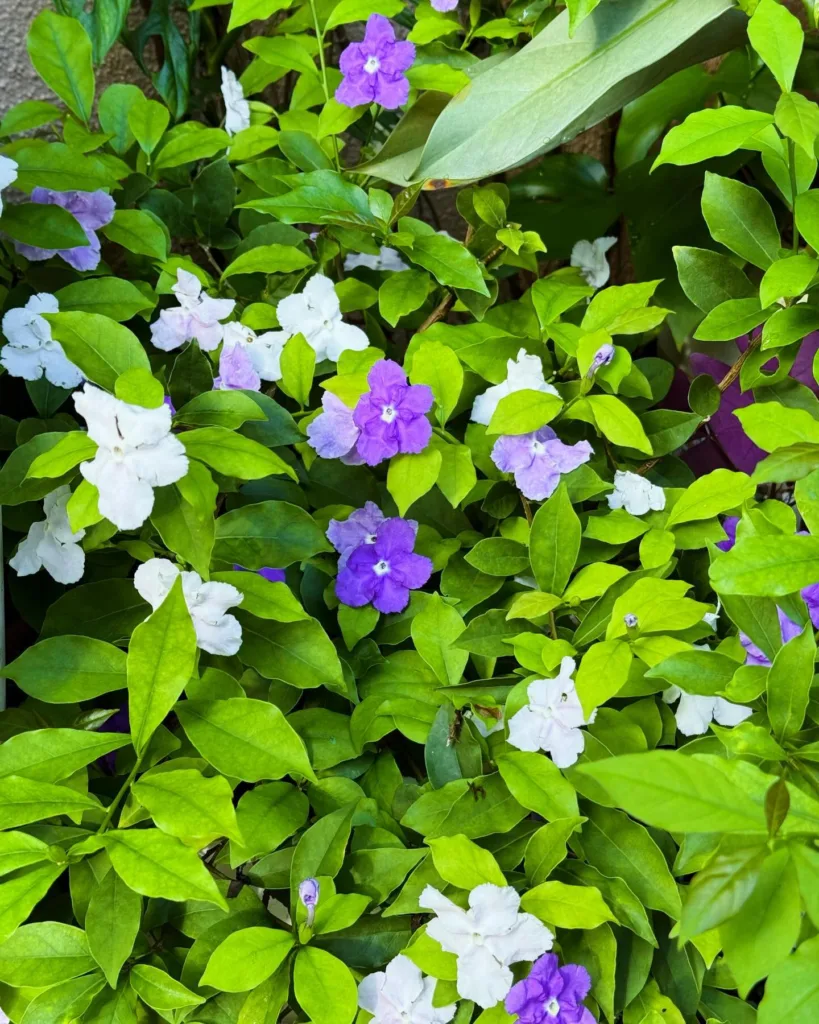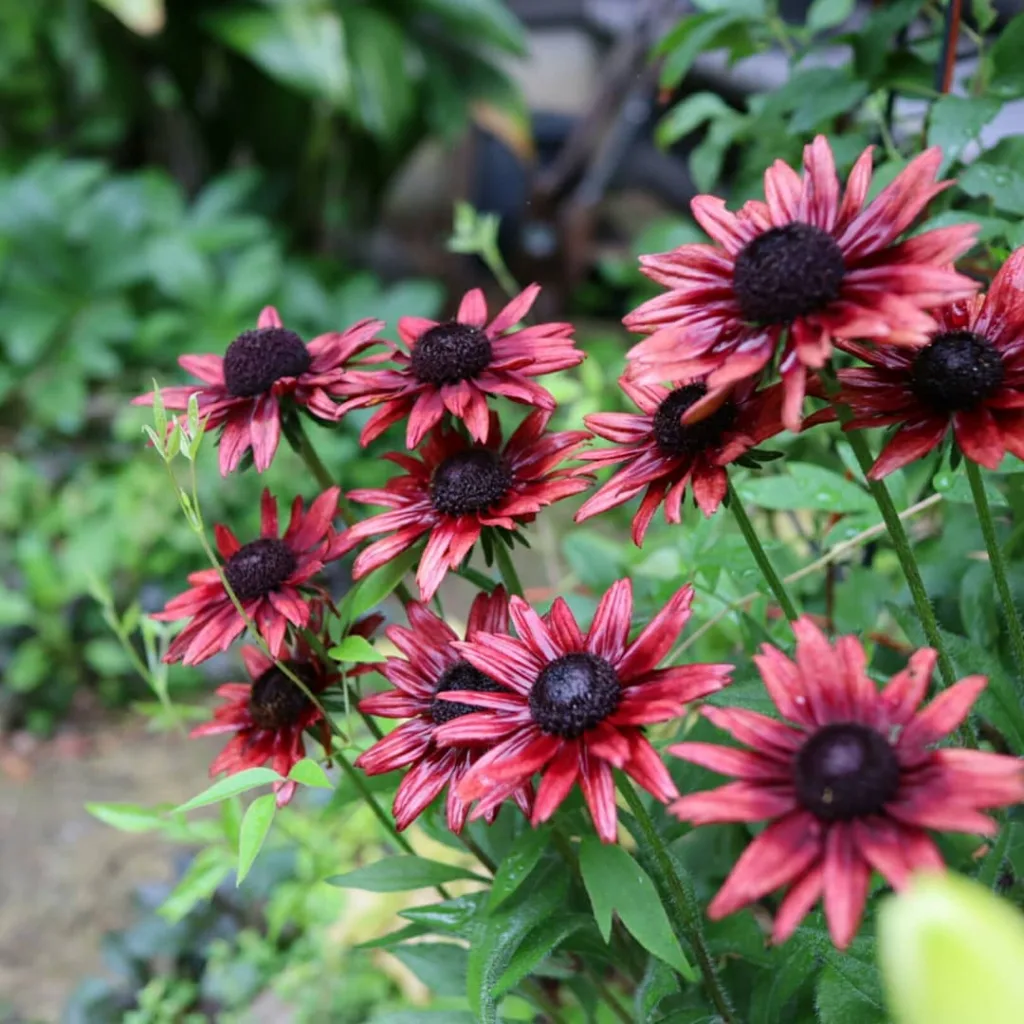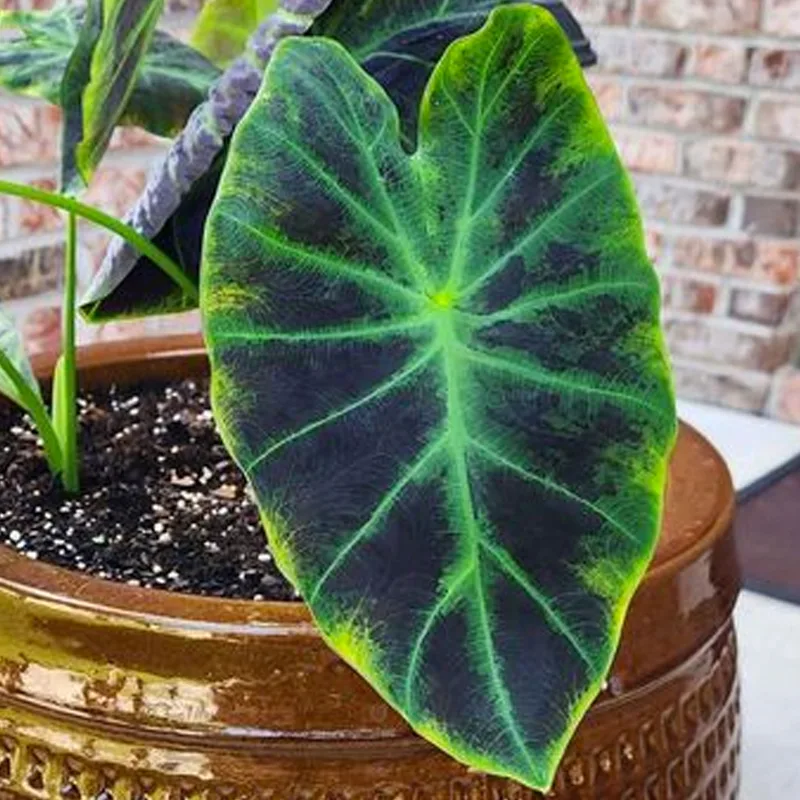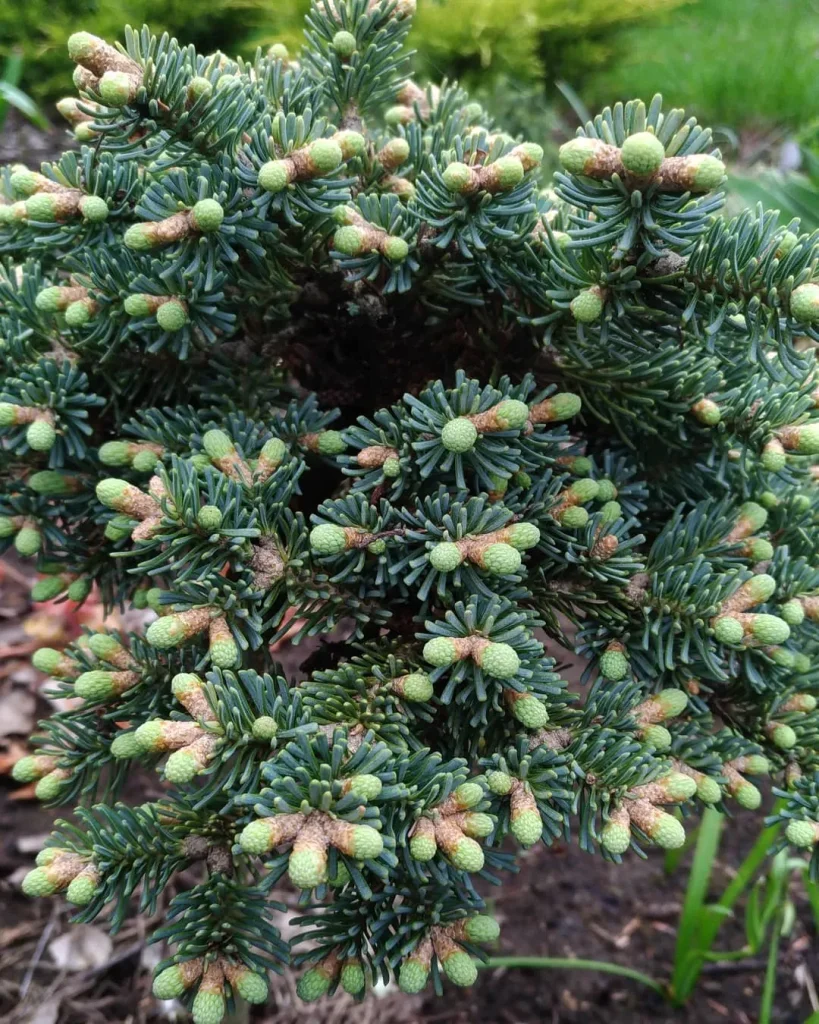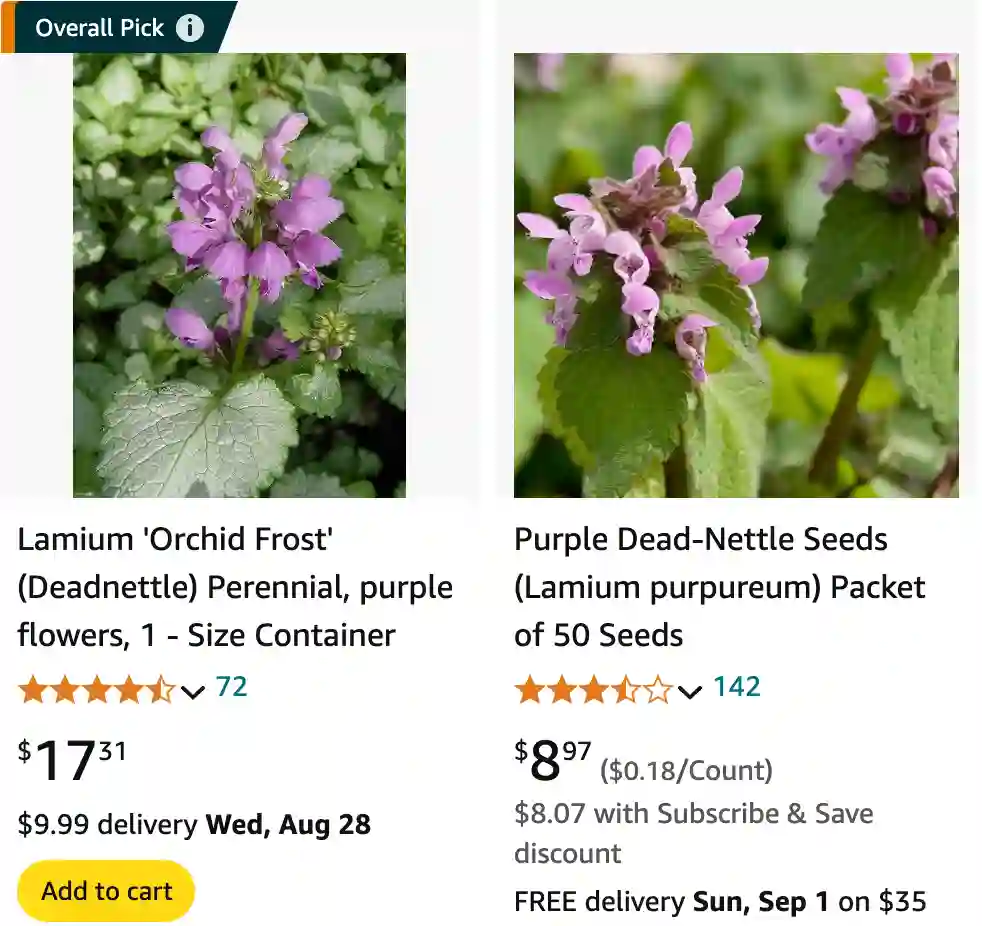
FAQs About Lamium
When diving into the world of garden plants, Lamium often comes up in conversation. With its vibrant foliage and ability to thrive in various conditions, it’s no wonder people have a lot of questions about it. Here’s a comprehensive look at the most frequently asked questions about Lamium based on my own experiences and research.
What Is Lamium?
Lamium, commonly known as dead nettle, is a genus of flowering plants in the Lamiaceae family. It’s known for its unique, often variegated foliage and small, tubular flowers that can come in shades of white, pink, or purple. Unlike its stinging relatives, Lamium is harmless to touch and can add a splash of color to shady garden corners.
Lamium species
- Lamium album L.
- Lamium amplexicaule L. Plant FAQs: Lamium Amplexicaule
- Lamium bakhtiaricum Jamzad
- Lamium bifidum Cirillo
- Lamium bilgilii Celep
- Lamium cappadocicum Celep & Karaer
- Lamium caucasicum Grossh.
- Lamium confertum Fr.
- Lamium coutinhoi J.G.García
- Lamium cyrneum Paradis
- Lamium demirizii A.P.Khokhr.
- Lamium eriocephalum Benth.
- Lamium flexuosum Ten.
- Lamium galactophyllum Boiss. & Reut.
- Lamium galeobdolon (L.) L.
- Lamium garganicum L.
- Lamium gevorense (Gómez Hern.) Gómez Hern. & A.Pujadas
- Lamium glaberrimum (K.Koch) Taliev
- Lamium × holsaticum Prahl
- Lamium hybridum Vill.
- Lamium macrodon Boiss. & A.Huet
- Lamium maculatum (L.) L.
- Lamium moschatum Mill.
- Lamium multifidum L.
- Lamium orientale (Fisch. & C.A.Mey.) E.H.L.Krause
- Lamium orvala L.
- Lamium persepolitanum (Boiss.) Jamzad
- Lamium ponticum Boiss. & Balansa
- Lamium purpureum L. Plant FAQs: Purple Dead Nettle – Lamium Purpureum
- Lamium × schroeteri Gams
- Lamium taiwanense S.S.Ying
- Lamium tomentosum Willd.
- Lamium tschorochense A.P.Khokhr.
- Lamium vreemanii A.P.Khokhr.
Is Lamium Invasive?
This is a common concern. Lamium can indeed be invasive, particularly if not managed properly. Its aggressive spreading through underground rhizomes can lead to it overtaking other plants. In my garden, I’ve found that it can spread quickly if left unchecked, so it’s important to keep an eye on its growth and manage it accordingly.
Is Lamium a Perennial?
Yes, Lamium is a perennial plant. It comes back year after year, making it a reliable choice for adding long-term color and texture to your garden. In my experience, it provides consistent greenery and blooms through different seasons, enhancing garden beds with minimal effort.
Is Lamium Deer-Resistant?
Lamium is generally considered deer-resistant. While not completely immune to browsing, deer usually avoid Lamium due to its strong, sometimes pungent scent and tough foliage. In areas where deer are a problem, I’ve found Lamium to be a helpful addition to the garden because it tends to be left alone.
Is Lamium Poisonous to Dogs?
Lamium is not known to be poisonous to dogs. I’ve never had any issues with pets interacting with it. However, as with any plant, it’s always best to monitor your pets and consult a vet if you have concerns about plant toxicity.
Can Lamium Grow in Full Sun?
Lamium prefers shade or partial shade, but some varieties can tolerate full sun if they have adequate moisture. In my garden, I’ve had the best results with Lamium planted in shaded areas. Full sun locations can stress the plant, leading to potential issues with dryness and reduced flowering.
Can Lamium Grow Indoors?
While Lamium is primarily an outdoor plant, it can be grown indoors under the right conditions. It requires plenty of light, preferably from a south-facing window, and needs regular watering. I’ve successfully grown Lamium indoors, but it’s not as common as its outdoor cultivation.
Do Rabbits Eat Lamium?
Rabbits generally avoid Lamium, thanks to its somewhat bitter taste and tough texture. In my garden, I haven’t had any issues with rabbits munching on my Lamium. However, if you have a particularly hungry rabbit population, keeping an eye on your plants is always a good idea.
Do You Cut Back Lamium in the Fall?
Yes, cutting back Lamium in the fall helps keep it tidy and encourages healthy growth in the spring. I usually trim back the old foliage to make way for new growth. This also helps reduce the risk of disease and keeps the plant looking fresh.
Does Lamium Die Back in Winter?
Lamium does not die back completely in winter, but its growth may slow down. In colder climates, it might become dormant, with foliage looking less vibrant. In my experience, it usually springs back to life in the spring, ready to thrive again.
Does Lamium Prefer Sun or Shade?
Lamium prefers shade or partial shade. It thrives in areas where other plants might struggle, such as under trees or in the shadow of larger plants. From what I’ve observed, providing it with shade ensures the best foliage and flower production.
Lamium vs. Lamiastrum
Lamiastrum is often confused with Lamium, but they are different genera. Lamiastrum, also known as Lamium galeobdolon, is similar in appearance but typically features yellow flowers and different growth habits. Lamium usually has more colorful and varied foliage compared to Lamiastrum. Knowing the distinction can help when choosing plants for specific garden needs.
Lamium vs. Dead Nettle
It’s worth noting that “dead nettle” is a common name for Lamium. So, when comparing Lamium to dead nettle, you’re essentially talking about the same plant. The term “dead nettle” refers to its stinging nettle relatives, which are quite different in behavior and appearance.
How to Care for Lamium
Caring for Lamium is relatively straightforward. It thrives in well-drained soil and prefers a moist environment, especially in sunny conditions. Regular watering and occasional feeding with a balanced fertilizer help keep it healthy. I’ve found that it’s low-maintenance, which makes it a great choice for busy gardeners.
How to Propagate Lamium
Lamium can be propagated through division or cuttings. Dividing clumps in early spring or fall is effective, and cuttings taken in late summer can root well. I’ve had success with both methods, finding that dividing mature plants provides quicker results.
What to Plant With Lamium?
Lamium pairs well with other shade-loving plants such as hostas, ferns, and astilbes. In my garden, I’ve combined it with bleeding hearts and Japanese forest grass for a lush, textured look. It complements these plants well, providing a vibrant contrast.
Benefits of Lamium
Lamium is not just about looks; it offers practical benefits too. Its ability to cover ground quickly makes it useful for erosion control and as a ground cover in shady areas. Additionally, its deer resistance and low maintenance make it a valuable addition to many gardens.
Common Problems
The most common problems with Lamium are related to excessive moisture or poor drainage, leading to root rot. In my experience, ensuring good drainage and not overwatering prevents most issues. Keeping an eye out for pests like aphids and slugs can also help maintain its health.
In summary, Lamium is a versatile and attractive plant that can fit into various garden settings. Whether you’re dealing with shady spots or looking for a deer-resistant ground cover, it’s worth considering. Its ease of care and vibrant foliage make it a valuable addition to many gardens.
If i die, water my plants!
